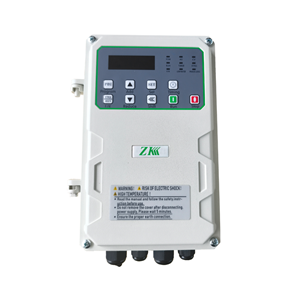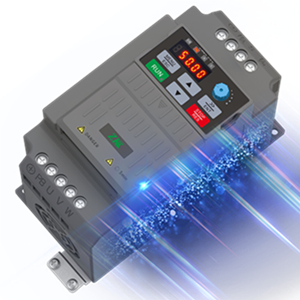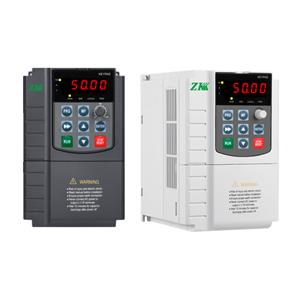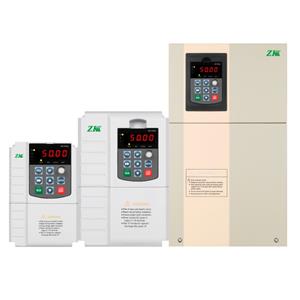Optimizing Livestock Water Management through Solar Inverters
Access to reliable water is fundamental for effective livestock management and agricultural productivity. The escalating demand for sustainable solutions has spurred adoption of solar-powered technologies in agriculture. Among these, solar-powered pump inverters have emerged as transformative tools for livestock water management, offering benefits in energy efficiency, cost reduction, and environmental sustainability. This essay examines the applications and advantages of solar-powered pump inverters in agriculture, emphasizing their role in enhancing water management for livestock farming.
The Role of Solar-Powered Pump Inverters
Solar-powered pump inverters convert direct current (DC) from solar panels into alternating current (AC) to power water pumps for extraction, distribution, and storage. These systems maintain consistent water delivery despite variability in solar energy. In livestock farming, solar-powered pump inverters ensure reliable water access for drinking, cleaning, cooling, and irrigation, even in remote regions without grid infrastructure.
Benefits of Solar-Powered Pump Inverters in Livestock Water Management
1. Reliable Water Access in Off-Grid Areas
Traditional systems in rural areas often depend on fossil fuels or unstable grid power. Solar-powered pump inverters provide autonomous solutions for uninterrupted water access, critical for livestock health and productivity in energy-scarce regions.
2. Energy and Cost Savings
By harnessing solar energy, solar-powered pump inverters eliminate reliance on grid electricity or diesel generators, reducing operational costs and carbon emissions. Low maintenance requirements further ensure long-term savings for farm operators.
3. Environmental Sustainability
Solar-powered pump inverters enhance sustainability by minimizing greenhouse gas emissions and resource consumption. Their integration aligns with environmentally responsible agricultural practices.
4. Energy Optimization Features
Modern solar-powered pump inverters incorporate Maximum Power Point Tracking (MPPT) and variable frequency controls to optimize energy conversion. These technologies compensate for sunlight fluctuations, ensuring reliable water output for livestock hydration and operational continuity.
Applications in Livestock Farming
Solar-powered pump inverters address diverse water demands in livestock farming. For example, water needs spike during hot months due to hydration and cooling requirements. These systems dynamically scale supply to match seasonal variations without efficiency loss. Integration with smart monitoring technologies further optimizes water conservation through real-time usage tracking and maintenance alerts.
For grazing operations across expansive lands, solar-powered pump inverters enable decentralized water delivery to remote pastures. Their compatibility with both DC and AC motors supports efficient long-distance transport, facilitating rotational grazing strategies that prevent overgrazing and improve herd welfare.
Challenges and Future Opportunities
Key challenges include high initial costs and sunlight dependency. However, advancements in battery storage mitigate intermittency by storing excess energy for use during low-light conditions. Declining solar panel costs and government subsidies also improve accessibility. Future innovations in materials science and automation will enhance the affordability and efficiency of solar-powered pump inverters, positioning them as standard solutions under global sustainability policies.
Solar-powered pump inverters redefine livestock water management by providing reliable, eco-friendly, and cost-effective alternatives to conventional systems. These technologies ensure uninterrupted water access, promoting healthier livestock, higher productivity, and alignment with renewable energy goals. As agriculture embraces technological innovation, solar-powered pump inverters exemplify the synergy between advanced engineering and environmental stewardship.




